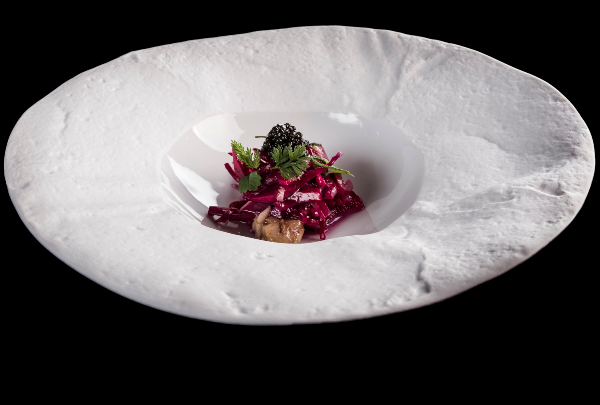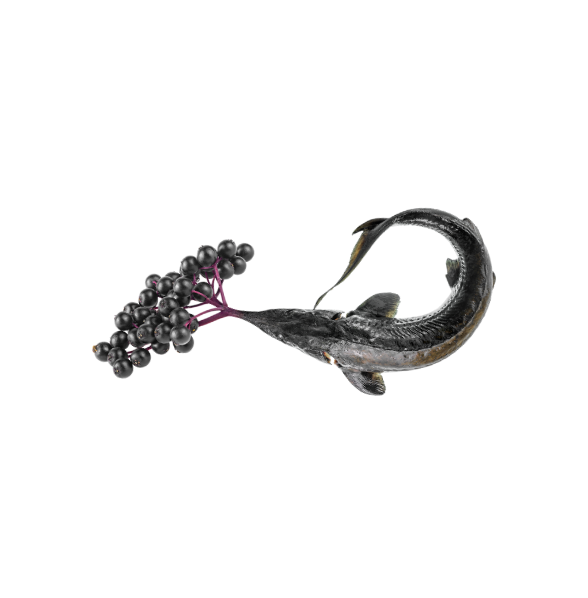Interview
François Chartier: ‘In the world of harmonies, science and intuition complement each other like work and talent do.’
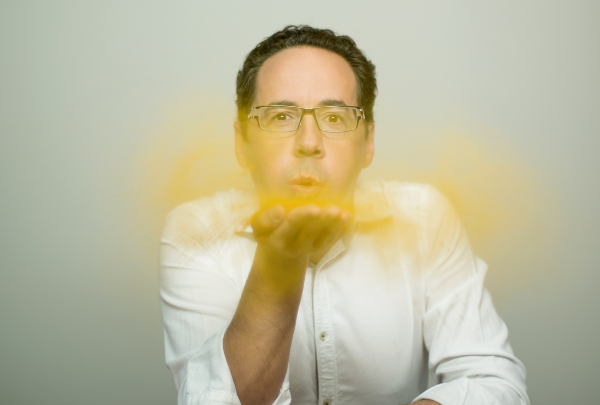
The world’s greatest expert on flavours will share his latest conclusions on the ‘molecular sommelier’ at MF The Wine Edition, and present his new line of sakes as the Master Blender of the Tanaka 1789 X Chartier project.
Inventor of Molecular Harmonies, a science that closely examines the molecules in foods to create perfect pairings, François Chartier is internationally acclaimed as one of today’s best sommeliers, and is an inspiration when it comes to creating gastronomic harmonies and designing pairings between wines and dishes.
He has worked closely with Ferran Adrià, Andoni Aduriz, Nandu Jubany and the Torres brothers, among others, and has been a consultant for Damm and D.O. Cava. His book Taste Buds and Molecules is considered to be the best in the world on pairings.
Chartier is currently researching the gastronomic potential of sake together with the Tanaka Shuzo Sake Brewery, one of the oldest and most prestigious sake producers in Japan. At Madrid Fusión The Wine Edition 2021, he will share his scientific knowledge and experience on blending in two unmissable talks.
What is the science of Molecular Harmonies?
The flavour science of Molecular Harmonies is a scientific explanation of what a pairing is. Why does a Shiraz harmonise with pepper? Why does a Daiginjo sake gain length with lychees? Why does Parmesan cheese go well with coffee? Because of a simple equation: 1+1 = 3. The world of flavours is made up of thousands of molecules. However, some are dominant and give an ingredient its identity. After 25 years of research, in 2002 I detected the dominant molecules of ingredients and discovered that if two ingredients share the same molecules and are brought together, the result is greater than the sum of their parts. A single perfect aromatic synergy is thus created.
How can this help chefs and sommeliers?
This technique is used by many chefs, sommeliers and mixologists around the world, but also by culinary aficionados. Molecular Harmonies are not just for professionals. It’s a science that allows doors to be opened for new harmonies, for new forms of creativity to be achieved, for ingredients to be substituted by others, to be able to experiment without fear. In the hands of a creator, it’s a tool.
In your opinion and from your experience, when it comes to the art of pairing, how much is science and how much is intuition?
From my point of view, they go hand in hand – they complement each other like work and talent do. You need science and knowledge to go beyond and fulfil that intuition, and you need intuition to allow knowledge to pave the way. At the end of the path is creativity – the most incredible thing in the world.
You’re currently researching the world of sake. What inspired you to make that change?
Japan and I go back a long way. I’ve always been fascinated by Japanese culture, philosophy and gastronomy, and therefore by sake. I think our bond started in 1992, when I was studying for the World Sommelier Competition, held in Tokyo in 1995. Then in 1995, on my first trip to Japan during that competition in Tokyo, I was very inspired by all the sake breweries I visited around Kobe, Kyoto and Tokyo. It was a two-week immersion to try to understand this culture and discover its wealth in depth, as well as to better understand the complexity of this historical noble alcoholic drink make from rice.
Since then, I’ve visited Japan over 50 times and have studied and analysed sake with my Molecular Harmonies flavour science to match and better understand the incredible production process and the very complex aromatic profile of different sakes.
In 2017, Mrs Wakana Tabata (Tanaka Shuzoten Sake Brewery, where today we brew the Tanaka 1789 X Chartier project sakes) called me to find a way to revolutionise and bring something new to her kura (sake brewery). The idea for making the first sake blend started there, as was the idea of being the Master Blender of the Tanaka 1789 X Chartier project. Now, I’m also the executive producer. For almost 30 years, my relationship with sake and Japanese culture has been unbreakable and I feel that the journey has just ‘started again’.
Why do they say that your blends have brought about a revolution in the world of sake?
After spending a few days in the kura, I realized that the ‘art of blending’ is well known for Champagne, sherry, port, whiskies and even Bordeaux Grand Cru wines, but it doesn’t exist in the universe of Nihonshu (sake produced in Japan). That’s how my journey as a Master Blender began: increasing, magnifying, multiplying base sakes thanks to the art of blending.
I changed 10 stages of the production process to obtain various sake styles and profiles to achieve an incredible blend. The resulting sake is more versatile and complex. At Tanaka 1789 X Chartier we tried to make a sake for wine lovers – produced with them in mind – yet without losing the soul of sake. When I made the blend, I took into account my tastings of the best white wines to broach this aromatic profile: the great Sauvignon Blanc from the Loire Valley and the incredible Chardonnay from Meursault. It’s still a sake with a sake soul, but with a more natural acidity, long ageing potential and the ability, even the duality, to pair with a wide range of foods.
Does sake offer more pairing possibilities than wine?
It’s different, I don’t know if it offers more. I’d almost say they are opposites. We like to say that if it doesn’t go with wine, it’ll go with sake. It’s true that sake has this incredible versatility for pairing with food. It’s five times less acidic than wine, and has no tannins. In addition, the fact that it can evolve according to the serving temperature (which can range from 4 to 35°C) makes it unique. It’s a concept that we’re working on at Chartier World LAB and we’ll present exclusively at Madrid Fusion 2021.
Will sake and wine sit side by side on restaurant wine lists around the world?
Of course! Sake is growing, finding its place in the sommelier’s world and establishing itself more and more every day. Sake is being take off spirits and digestif menus – listing it there in the first place was a terrible mistake – to become part of wine lists, where it belongs because of the way it’s made, its flavour and what it means for diners. The interesting thing we’re going to see is an evolution of wine lists that embrace sakes. By type of rice, by aroma... We’ll also talk about this topic at Madrid Fusión.
What will your talks at MF The Wine Edition be like?
In the first one (1 June at 10 a.m.), I will show the incredible versatility of sake by pairing Tanaka 1789 X Chartier Blend 001 with Iberico ham. Two completely different cultures that the flavour science of Molecular Harmonies is able to bring together.
The second one (Wednesday, 2 June at 11 a.m.) will be about the world of wine, and I will be accompanied by Álvaro and Ricardo Palacios, who have given the Chartier World LAB team the opportunity to develop an aromatic map so that chefs and sommeliers from all over the world can create new recipes and pairings inspired by the aromatic profiles of the wines of three family wineries. I feel very privileged to be able to present the results of our studies at Madrid Fusión 2021.

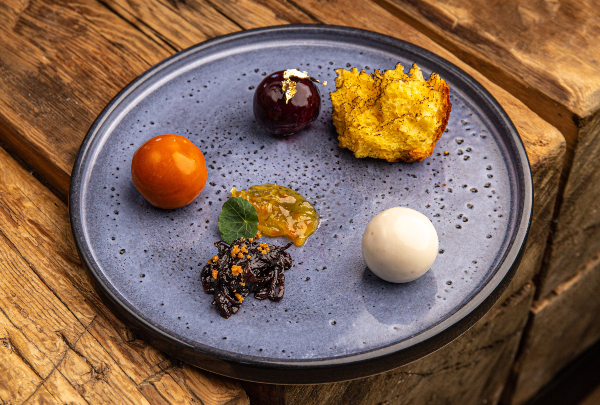
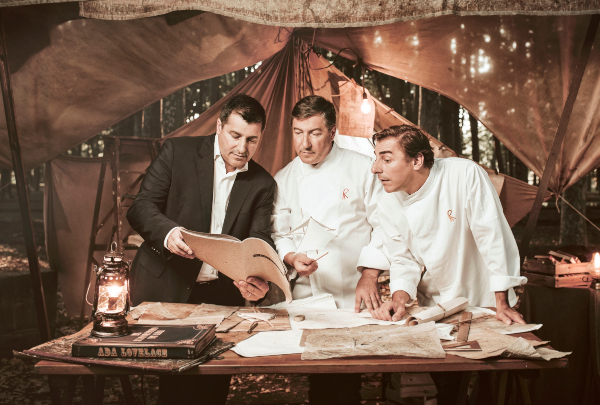
 600x405.jpg)
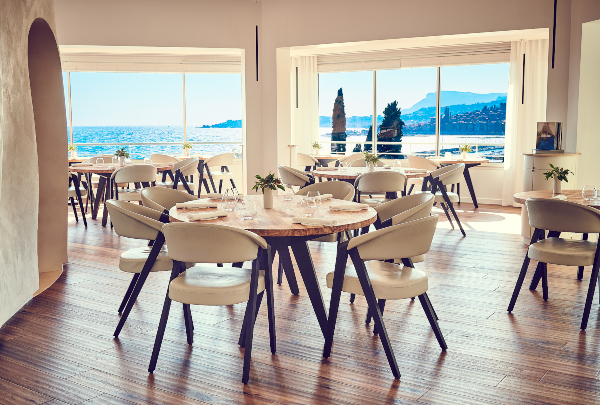
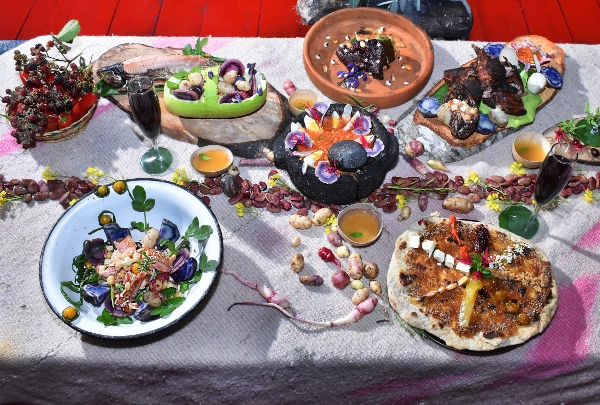
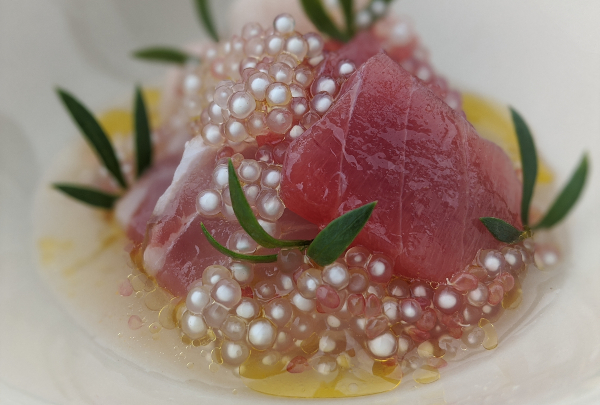
600x405.jpg)
.jpg)
.jpg)
